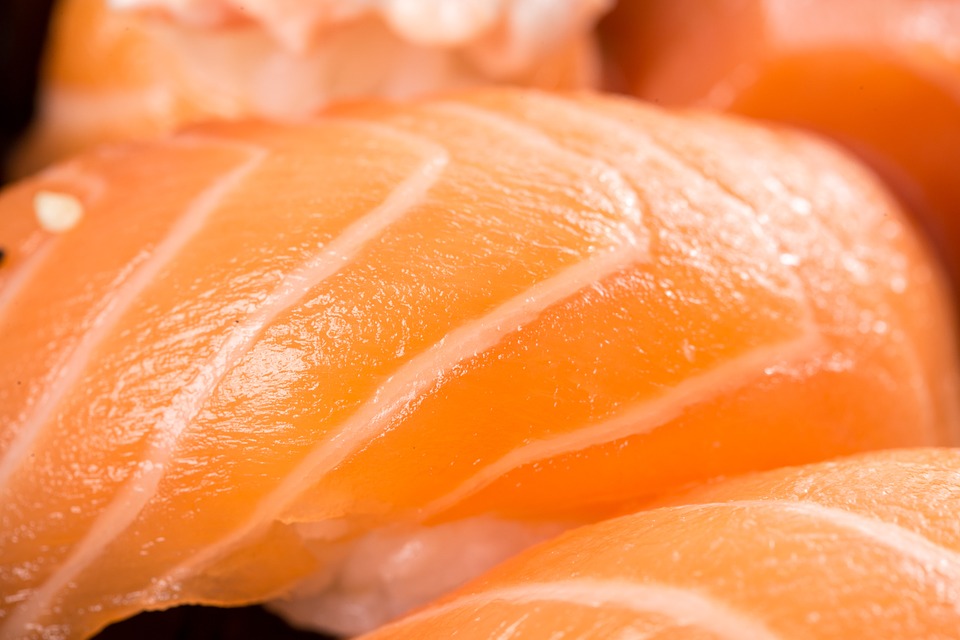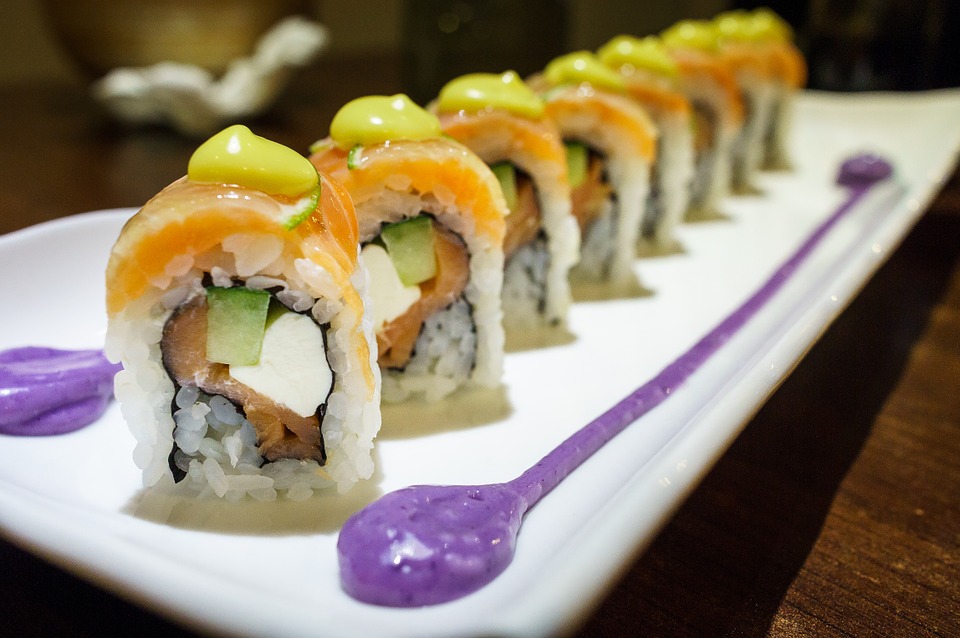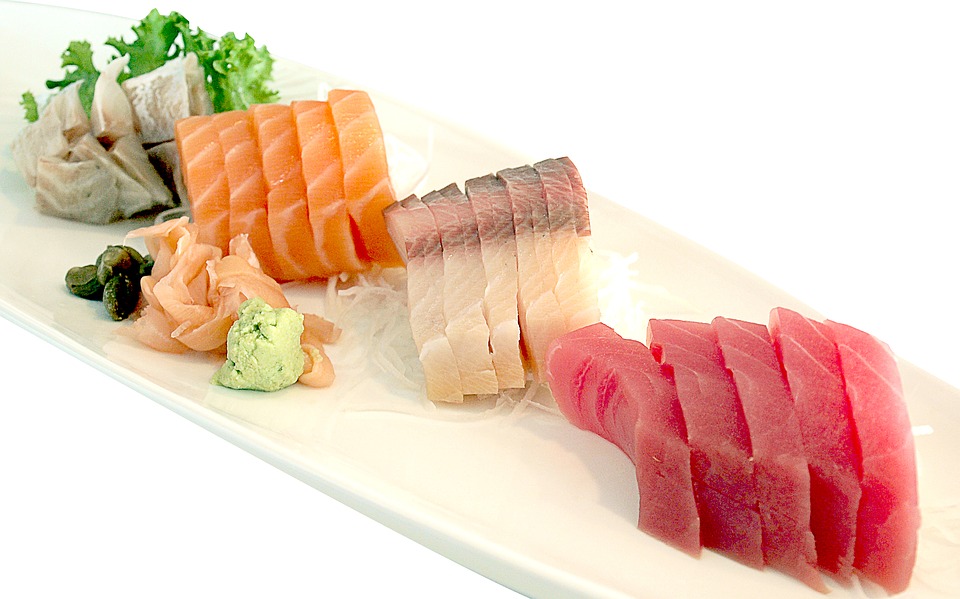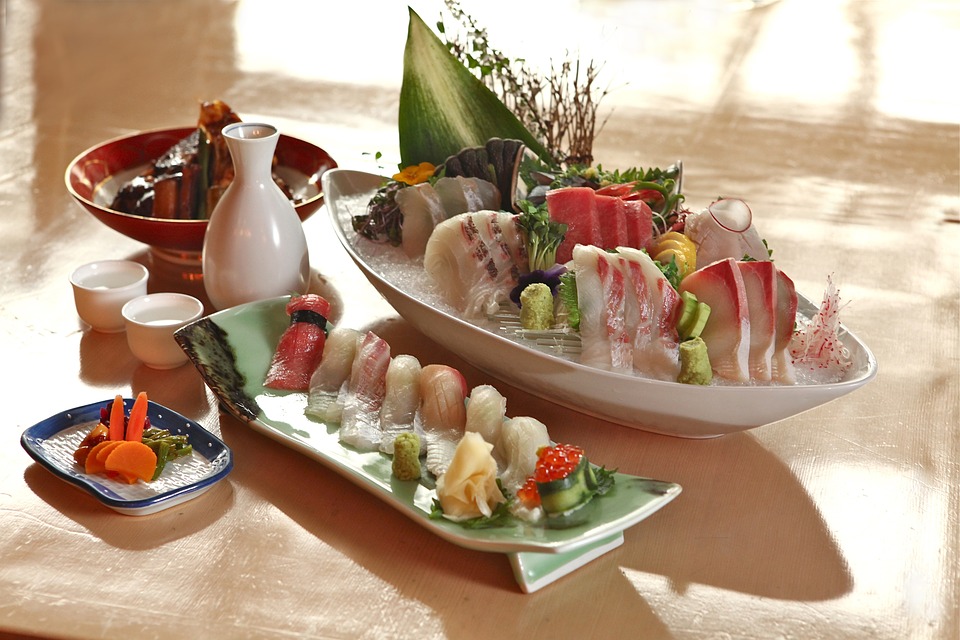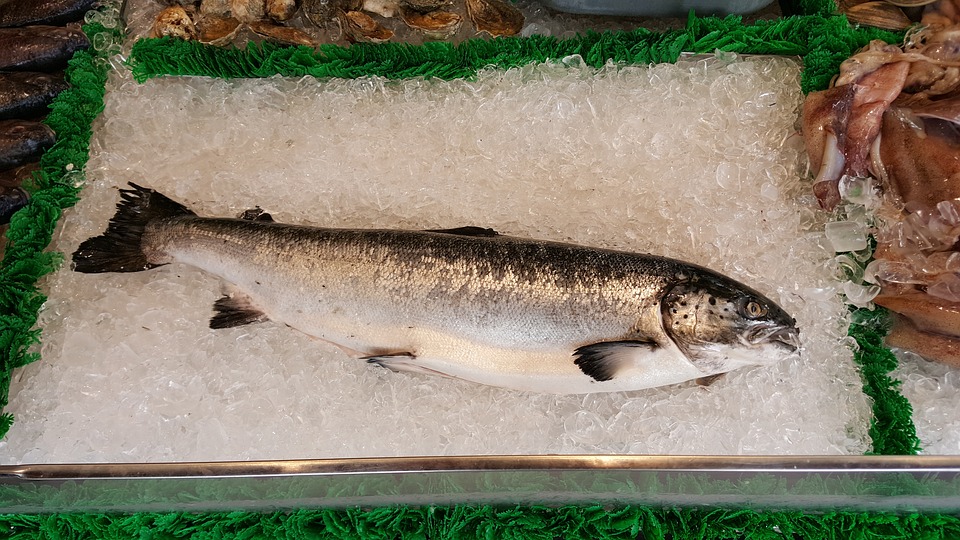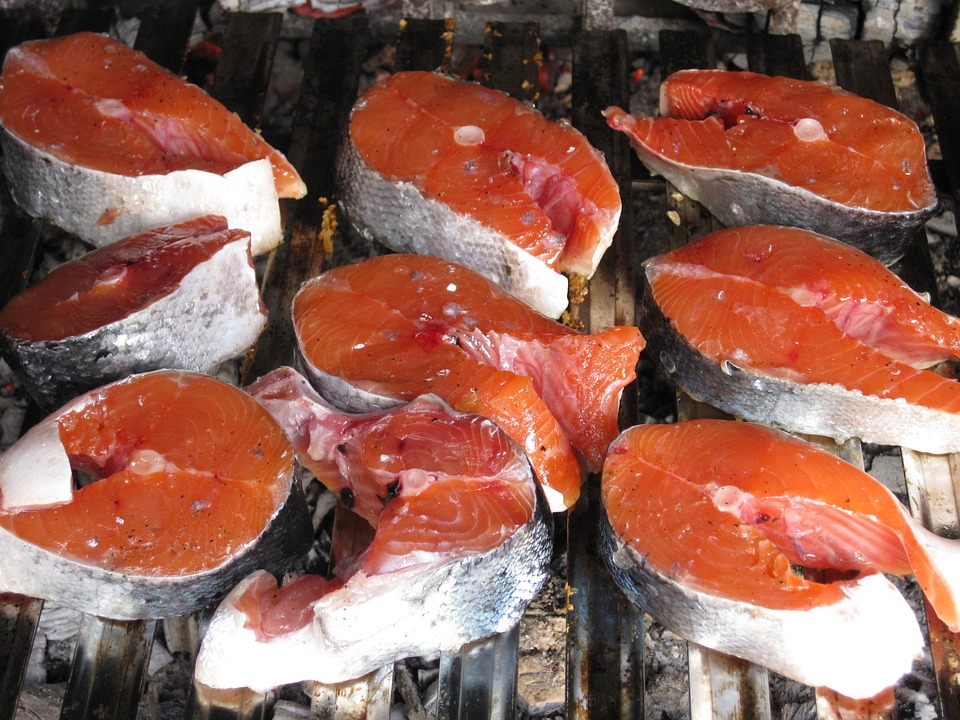Is your salmon safe to eat? A recent discovery of a tapeworm infesting U.S salmon has sent ripples through the world of sushi eaters.
Sushi, anyone? Looking at the news, maybe not.
Parasites abound, and your stomach could be the next target.
A recent report of a tapeworm making its way into U.S waters is making the rounds, and eating salmon right now-especially the raw kind- might not seem so appealing.
The parasite, which is known to infect salmon from the Asian Pacific, is a nasty guest. It goes by the name of the Japanese broad tapeworm and the U.S Centers for Disease Control and Prevention (CDC) claims that this tiny bully can lodge itself in the human intestine and grow up to an enormous 30 feet long.
What’s the result of this havoc? Unfortunate victims need to suffer through stomach pains, diarrhea, weight loss and vitamin deficiencies before they finally find out what’s truly going on and seek treatment.
Related: Canadian Man Makes Sushi and Contracts Painful Stomach Worms From Store-Bought Sushi
The good news of course, is that it isn’t often that tapeworms find their way into your salmon. The chances that you’ll be infected are low. And if you are, it can be fixed. But the whole thing can definitely make you nervous about eating that oceanic steak.
Unfortunately, you can’t tell if your salmon has a tapeworm in it simply by looking at it, but you can take steps to ensure that your meal isn’t going to give you anything else, besides this.
Related: Nestle Accused of Using Slave-Caught Fish in Fancy Feast
For the salmon fans, here are 6 tips to help keep you safe whether you’re eating your fish raw, barbecued, sliced, diced or baked.
1) Don’t Eat Dockside Sushi (or Sashimi)
Fish fresh from the ocean should be healthiest, but actually you could be safer to avoid it. If you’re going to eat it raw, experts advise that the fish is frozen first, in order to kill off parasites that may be lingering.
2) Don’t Let Sushi Leftovers Linger
It’s best to eat your sushi right away, but if you find yourself with leftovers, keep an eye on them. Ideally, sushi leftovers should be eaten within 8 to 24 hours after being prepared. If you’re not going to finish it for your next meal, toss it. Yes, it’s painful but so is constant diarrhea.
3) If It’s Smells Fishy, It Is
Fish is going to smell, well, like fish. If it has that quintessential bad fishy smell though, skip it. Raw fish shouldn’t smell bad, and neither should your cooked dinner.
4) If the Ice is Melting, Skip It
The FDA advises only buying fish that’s displayed on a large bed of ice that is not melting. If it is, bacteria could be festering in your friend.
5) Look For Bulging Eyes
You might not wish to look your lunch in the eye, but a healthy dead fish has clear, bulging eyes. Anything else could be a sign of culinary trouble.
6) Go For Fresh Springy Feelings
A fishmonger will tell you that a good piece of fish has flesh that springs back at your touch. It also has a nice hue, without any discoloration, darkening or drying around its edges.
Related: Fish Oil Pills: A Billion Dollar Industry Built on Empty Promises
If you do see imperfect edges, it’s a good indication this piece has been sitting around for a while. Not so frisky and fresh. Head on over to the next counter.
For further tips on cleaning, cooking and storing your salmon, check out the FDA’s advice online.
Photo credit: Maria Uspenskaya/Shutterstock


